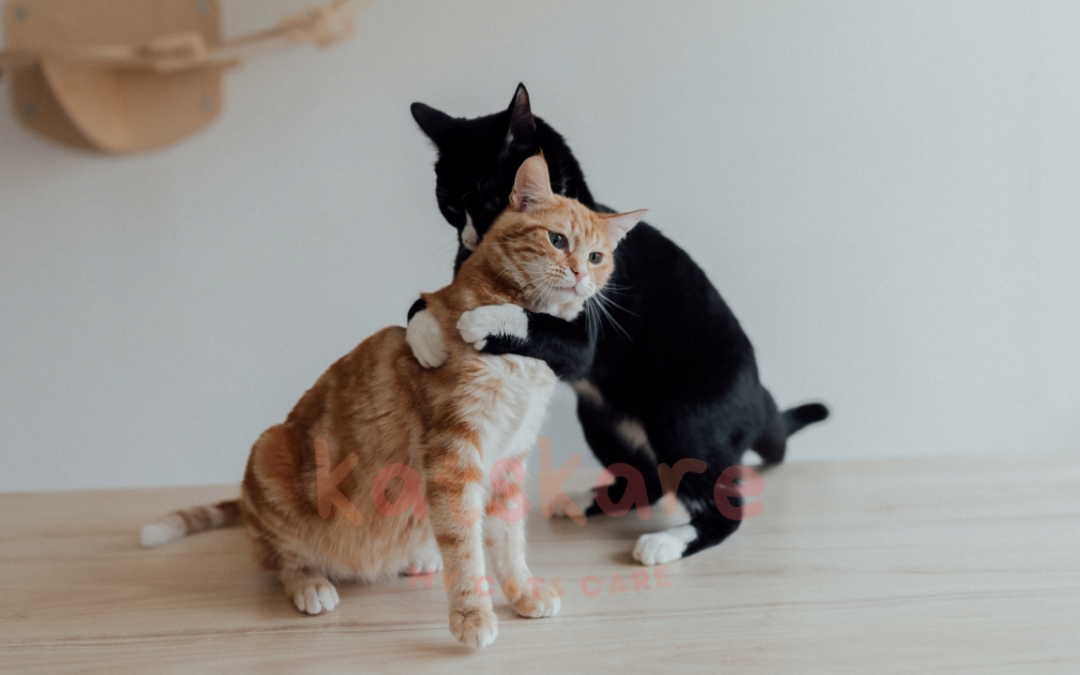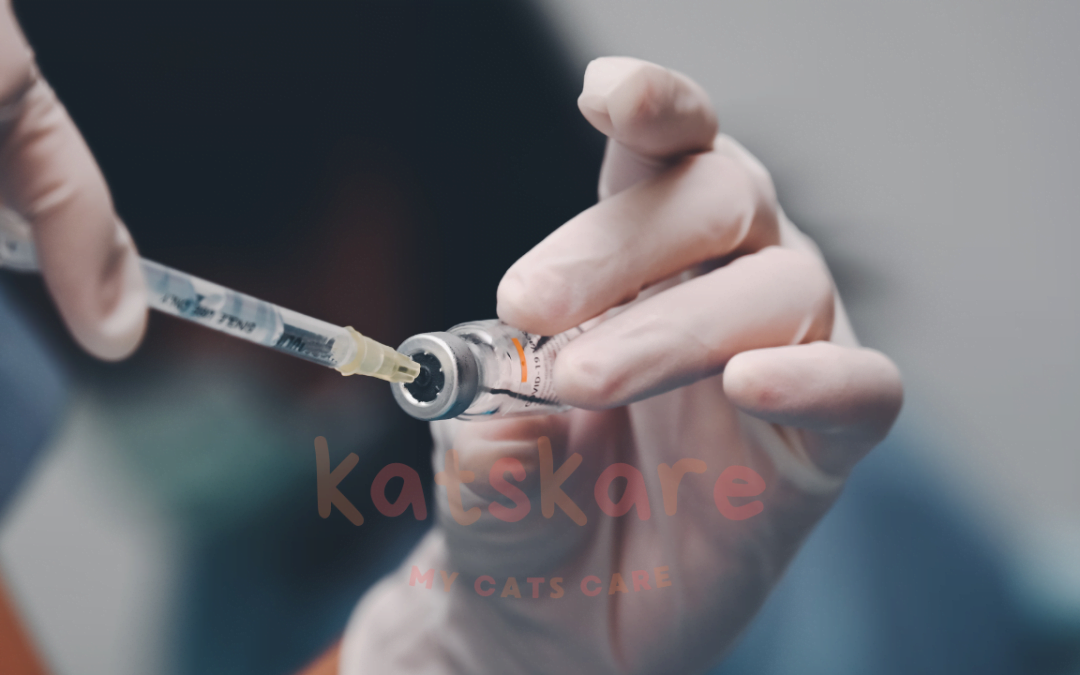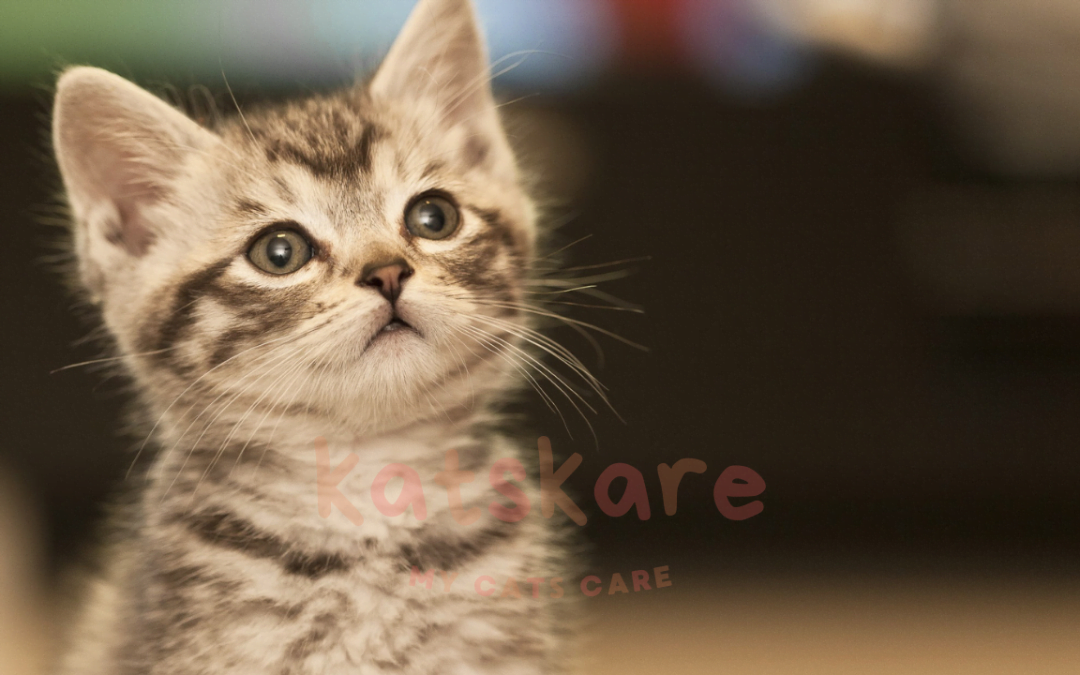
by Muhammed Saeed | Tips
Congratulations on your new kitten! Kittens are incredibly adorable and loving companions, but they can also require a lot of care. To ensure your new kitten is happy and healthy, here are some tips on how to feed and care for your kitten.
How to Feed and Care for Your Kitten
- Set up a Feeding Schedule: When bringing home, a new kitten, it’s important to establish a feeding routine. Kittens should be fed at least twice a day, with portions of wet or dry food appropriate for their age and size. Kittens need more frequent meals than adult cats because their metabolisms are faster and their bodies are still developing.
- Monitor Their Eating Habits: You should pay attention to your kitten’s eating habits. If your kitten is eating too much or too little, it’s important to contact your vet. Also, keep an eye out for any changes in the kitten’s appetite, as this could be a sign of an underlying health issue.
- Provide Your Kitten with Fresh Water: Make sure your kitten always has access to fresh, clean water. It’s important to change the water frequently, as this will help prevent any bacteria from growing and keep your kitten hydrated.
- Give Your Kitten Toys: Kittens need a lot of stimulation, both mentally and physically. Providing your kitten with a variety of toys, both interactive and non-interactive, is important for their development. This will also help keep your kitten from getting bored and will give them something to do when you’re not around.
- Give Your Kitten Attention: Kittens need a lot of love and attention. Spend time playing and cuddling with your kitten every day, as this will help them bond with you and make them feel safe and secure.
- Take Your Kitten to the Vet: It’s important to take your kitten to the vet for regular check-ups. This will help ensure that your kitten is healthy and up-to-date on all vaccinations.
Feeding and caring for your kitten can seem overwhelming at first, but it’s important to remember that with a little patience and consistency, your kitten will quickly learn what is expected of them. With the right care, your kitten will grow into a happy, healthy adult cat.

by Muhammed Saeed | Tips
Introducing a new kitten to other pets in your home can be an exciting and rewarding experience.
However, it can also be a stressful time for both the kitten and the current pets. It is important to take the necessary steps to ensure the safety and well-being of all the animals involved.
Introducing Kittens to Other Pets
Here are some tips for introducing kittens to other pets:
- Make the introduction gradual: When introducing a new kitten to other pets, it is important to do so gradually. Start by introducing the two animals while they are separated by a barrier, such as a baby gate. This will allow them to get used to each other’s scent without being able to interact directly. As they become more comfortable, you can gradually move the barrier closer until they can be in the same room.
- Give each pet their own space: Even if the animals seem to get along, it is important to give each of them their own space. This will allow them to feel more secure and comfortable while they adjust to one another.
- Supervise their interactions: When the animals are in the same room, it is important to supervise their interactions. This will help ensure that both animals are safe and that the introduction is going smoothly.
- Provide plenty of distractions: To help keep the animals from becoming too overwhelmed or stressed, provide plenty of distractions. This could include toys, treats, and other activities that may help keep their attention off of each other.
- Be patient: Introducing a new kitten to other pets can take some time. Be patient and give the animals the time they need to adjust to one another.
Following these tips can help make introducing kittens to other pets a positive and rewarding experience for everyone involved. With patience and proper supervision, the animals should eventually learn to get along and become lifelong friends.

by Muhammed Saeed | Knowledge
Cats are beloved members of the family and it’s important to keep them healthy and safe. Vaccines are a key part of your cat’s health care plan, and the right vaccinations can protect them from serious illnesses and diseases.
Here’s what you should know about vaccinating your cat.
Routine Vaccines
Your vet can recommend a vaccination schedule for your cat based on their age and health history. Generally, cats should receive routine vaccinations for core illnesses like feline distemper, feline calicivirus, and feline herpesvirus.
Kittens should receive their first round of core vaccinations at 8-12 weeks of age, and then receive booster shots every 3-4 weeks until they are 16 weeks old. Adult cats should receive booster shots every 1-3 years depending on the type of vaccine.
Rabies Vaccine
Rabies is a serious and potentially fatal virus that can be spread through contact with an infected animal. It is highly recommended that cats receive the rabies vaccine, as it is the only way to protect them from the virus. The rabies vaccine is usually given in a series of two shots. The first shot is given at 16 weeks of age, and the second shot is given 1 year later. After that, cats should get a booster shot every 1-3 years.
Non-Routine Vaccines
Your vet may also recommend non-routine vaccines for your cat based on their lifestyle and risk factors. These vaccines include feline leukemia virus, feline immunodeficiency virus, feline infectious peritonitis, and feline coronavirus.
Side Effects
Vaccines are generally safe for cats and the risk of side effects is low. However, some cats may
experience mild side effects such as a low-grade fever, reduced appetite, or lethargy. If your cat
experiences any of these symptoms, contact your vet for advice.
Vaccines are an important part of keeping your cat healthy and safe. Be sure to talk to your vet about what vaccines are right for your cat and make sure to stick to the recommended schedule. With the right vaccines, you can help protect your beloved feline from serious illnesses and diseases.

by Muhammed Saeed | Tips
Litter training a kitten is an important part of pet ownership and one that can be both fun and rewarding. Unlike dogs, cats are naturally clean animals and instinctively know to use the litter box. However, if you’re the proud parent of a new kitten, you may need to give them a gentle nudge in the right direction. With some patience and consistency, you can have your kitten litter box trained in no time.
How to Litter Train a Kitten
Watch Video
First, you’ll need to set up the litter box. Make sure it is easily accessible for your kitten, and in a quiet area of the home. You’ll also want to make sure the litter box is big enough for your kitten to move around in. Fill it with a couple inches of litter, and make sure to scoop the litter box daily.
Next, you’ll need to establish a routine. Take your kitten to the litter box after meals, and after they wake up from a nap. Gently place them in the litter box without making them too uncomfortable. You can also give them a gentle scratch in the litter to get them used to the feeling.
When your kitten does use the litter box, make sure to reward them with verbal praise and a small treat. This will create a positive association with the litter box and encourage them to use it more often.
Finally, make sure to give your kitten plenty of opportunities to use the litter box. If you catch them using the bathroom in the wrong spot, quickly pick them up and place them in the litter box. This will teach them that this is the appropriate spot for them to go.
Litter training a kitten may take some time, but with patience and consistency, you’ll be able to teach your kitten how to use the litter box in no time.

by Muhammed Saeed | Knowledge
Kitten development is an incredibly exciting stage in a cat’s life. From the moment they are born until about one year of age, kittens go through several distinct phases of growth and development. Understanding the various stages of kitten development can help you provide the best care for your feline friend as they progress from a tiny, helpless newborn, to a mature adult cat.
In the earliest stage of kitten development, kittens are born blind and deaf. At this stage, they depend entirely on their mother for warmth, food, and protection. During the first week of life, the kittens’ eyes and ears begin to open. At the same time, their sense of smell develops and they begin to develop their sense of balance.
During the second week of kitten development, kittens become more active and start to move around. During this stage, the kittens will begin to explore their environment and practice the skills they need to survive. They will also start to recognize their mother and siblings, and learn to socialize.
By the fourth week of kitten development, kittens will have most of their adult teeth and will start to transition from drinking their mother’s milk to eating solid food. At this stage, it is important to provide a balanced, nutritious diet to ensure that your kitten grows and develops properly.
By the time your kitten reaches the sixth week of development, they will be more independent and will be able to use the litter box. This is also the time to begin introducing your kitten to people and other animals in order to help them become a well-socialized adult cat.
By the tenth week of development, kittens will be completely independent, and should receive all of their necessary vaccinations and veterinary care. At this stage, kittens are also ready for spaying or neutering to help prevent unwanted litters.
Kitten development is an incredibly exciting time for both owners and cats. Understanding the various stages of kitten development can help you provide the best care possible for your furry friend as they progress from a tiny newborn to a mature adult cat.





